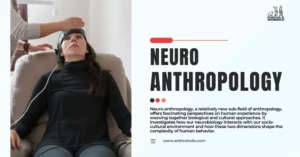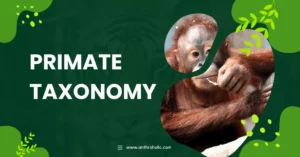AI Answer Evaluation Platform Live Now. Try Free Answer Evaluation Now
Disappearing Languages
A significant part of the human legacy lies in the rich diversity of our languages. However, the world is experiencing a precipitous decline in linguistic diversity, with the threat of many languages facing extinction [1]. This is a worrying trend, particularly from an anthropological perspective, as languages are critical carriers of cultural heritage and knowledge.

The Extent of Language Disappearance
The world currently houses an estimated 7,000 languages [2]. It is reported, though, that up to 90% of these could become extinct or severely endangered within the next century [3]. To understand the scale of this problem, consider these facts:
- On average, one language disappears every two weeks [4].
- Languages with fewer than 10,000 speakers make up 90% of world languages, and they are particularly vulnerable.
Table 1 illustrates the distribution of world languages according to the number of speakers:
| Number of speakers | Percentage of World Languages |
|---|---|
| >1 million speakers | 4% |
| <10,000 speakers | 90% |
Causes of Language Disappearance
Several factors contribute to the disappearance of languages. The primary ones include:
- Socioeconomic factors: These include migration, urbanization, and globalization, which often leads to the adoption of dominant languages.
- Government Policies: Some states discourage or even suppress minority languages.
- Technological advancements: Languages that fail to adapt to digital platforms tend to lose their relevance, particularly among younger generations.
The Anthropological Importance of Preserving Languages
From an anthropological viewpoint, languages are not just communication tools but also crucial conveyors of cultural knowledge and diversity. When a language disappears:
- We lose an irreplaceable part of a cultural heritage: Language is a reflection of a society’s history, traditions, and worldview.
- We lose invaluable knowledge about our planet: Many disappearing languages belong to indigenous communities with rich knowledge about local ecosystems and biodiversity.
- Diversity and inclusivity are compromised: Language loss can contribute to the marginalization of minority communities.
Current Efforts to Preserve Languages
Despite the alarming rate of language disappearance, efforts are underway to document and revive endangered languages. These include:
- Documentation: This involves recording and archiving disappearing languages for future reference.
- Education: Many initiatives focus on teaching endangered languages, especially to younger generations.
- Digital platforms: Technology is increasingly used to bring endangered languages to a wider audience. This includes language learning apps, social media campaigns, and digital dictionaries.
Future Directions in Language Preservation
While current measures in language preservation have made significant progress, much remains to be done. The future direction of language preservation needs to focus on several key areas:
Strengthening Community Involvement
Language revitalization should be community-driven, as they are the primary speakers and custodians of the language. Efforts should aim to empower these communities, emphasizing their central role in language preservation.
Integrating Technology
The digital age offers unprecedented opportunities for language preservation. Future initiatives should leverage technology to not only document languages but also to create digital platforms for language learning and use. This can include the creation of language learning apps, online dictionaries, and digital archives.
Enhancing Government Policies
Governments play a critical role in language preservation. Future efforts should focus on lobbying for favorable language policies, especially for marginalized communities. This can include recognition of minority languages, funding for language preservation projects, and the inclusion of minority languages in education systems.
Promoting Linguistic Research
The importance of linguistic research in understanding and preserving languages cannot be overstated. Future directions should encourage and fund more linguistic research, especially on less studied and endangered languages.
Concluding Remarks
The plight of disappearing languages is a shared responsibility, requiring concerted efforts from individuals, communities, governments, and international organizations. Through collective action, we can strive to preserve the tapestry of human linguistic heritage for future generations. Every language saved is a step towards preserving our global cultural diversity and ensuring a more inclusive world.
References
[1] Krauss, M. (1992). The world’s languages in crisis. Language, 68(1), 4-10.
[2] Lewis, M. Paul (ed.), 2009. Ethnologue: Languages of the World, Sixteenth edition. Dallas, Tex.: SIL International.
[3] Nettle, D., & Romaine, S. (2000). Vanishing voices: The extinction of the world’s languages. Oxford University Press.
[4] UNESCO (2011). Atlas of the World’s Languages in Danger.




